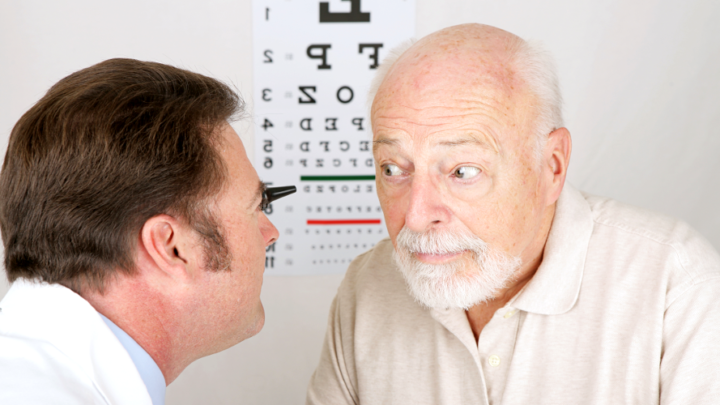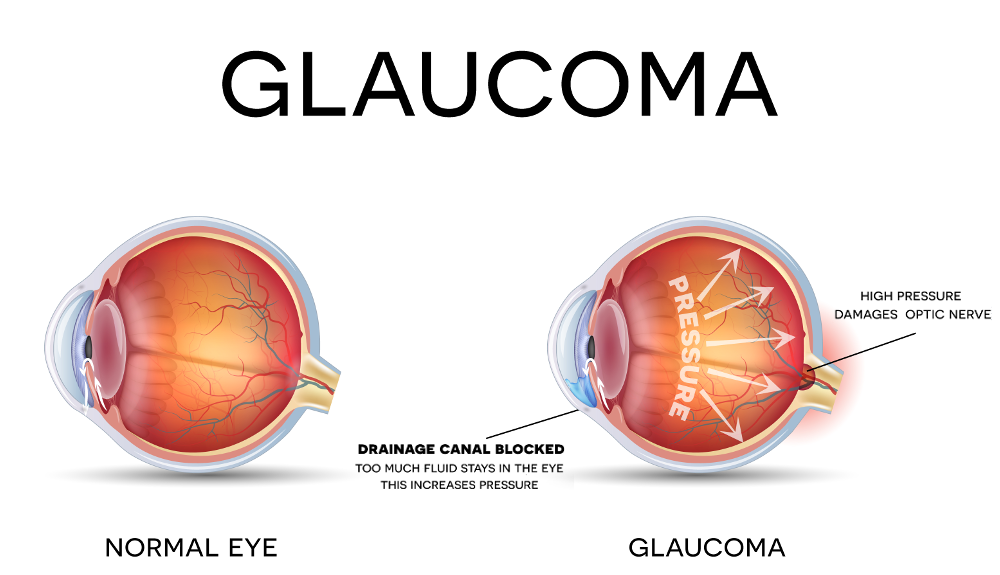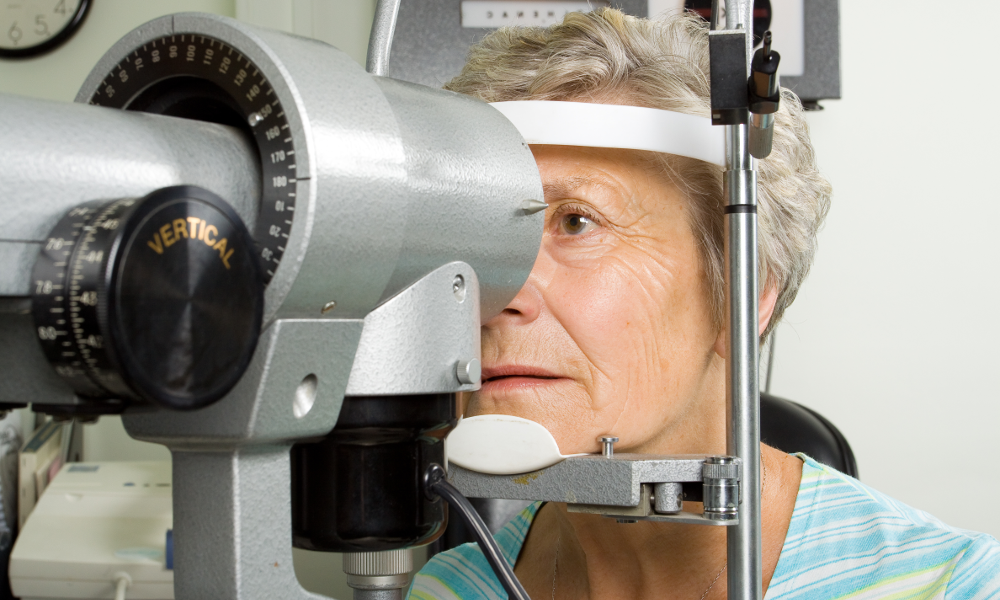The human brain is an extraordinary organ. Part of an elaborate neurological network, the brain helps us interact with the world around us. It is important...
About the Author
Allegra Sheppardieu
Allegra Sheppardieu is a vision care professional and writer from Toronto, Ontario. Follow her on Twitter: @CapnAllegra






